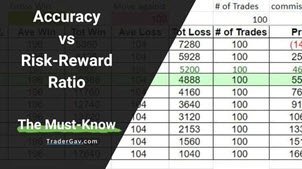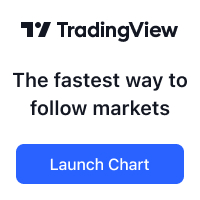Use them with the right market context, candlesticks patterns could be valueable.
Here is the list of 14 Most useful Candlesticks Patterns.
Strategy & tools
Accuracy Vs Risk-Reward Ratio -The Trading 101
Do not start trading before understanding relationship between winning rate and risk-reward ratio
12 Tips For Writing a Business Plan [Update 2022]
Do not start trading without a proper trading business plan. Here are few tips for writing a business plan.
CME + CBOT = more stable electronic platform…..?
I received an email from CME group. July 13, 2007 To Our Valued Customers: We are very pleased to announce that today CME and CBOT have completed the merger of our two great institutions. The new entity – CME Group Inc., a CME/Chicago Board of Trade Company – is now the world’s largest and most […]
TradeStation Newsletter
Interesting, TradeStation starts sending newsletter “ TradeStation’s Trader Digest & Weekly Newsletter” to customers. The first edition, they tried to explain/emphasize their ‘superior’ Data network. Myth: TradeStations market data lags the market. Fact: With all the users we have researched that have reported this issue, we have found that, in every case, the users computer […]
Trading with bucket shop (Market maker)
If you are new to Forex trading, fancy about trading in mini account with only $200 or so. Here is something to show you. This is not something new, seasoned Forex trader should be familiar with this. 430am ET, we have U.K Trade balance report, I decided to capture the changing of spread of GBP/USD […]




